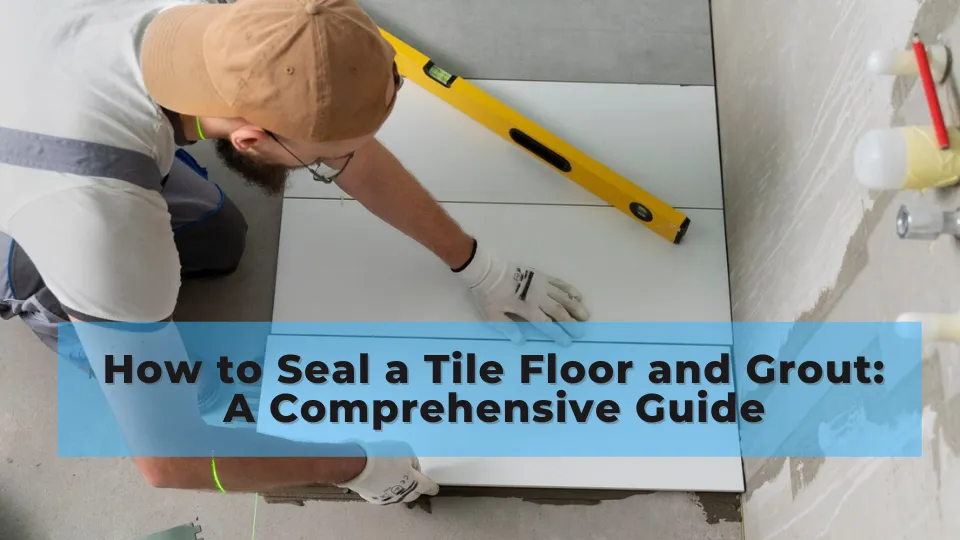Sealing a tile floor and grout is an essential step in maintaining its appearance and longevity. Unsealed grout can quickly become stained and discolored, detracting from the beauty of your tile. Moreover, unsealed grout can absorb water and other substances, leading to mildew and structural issues. In this article, we will provide a detailed guide on how to seal a tile floor and grout, ensuring that your flooring remains pristine and durable for years to come.
Preparing for Sealing
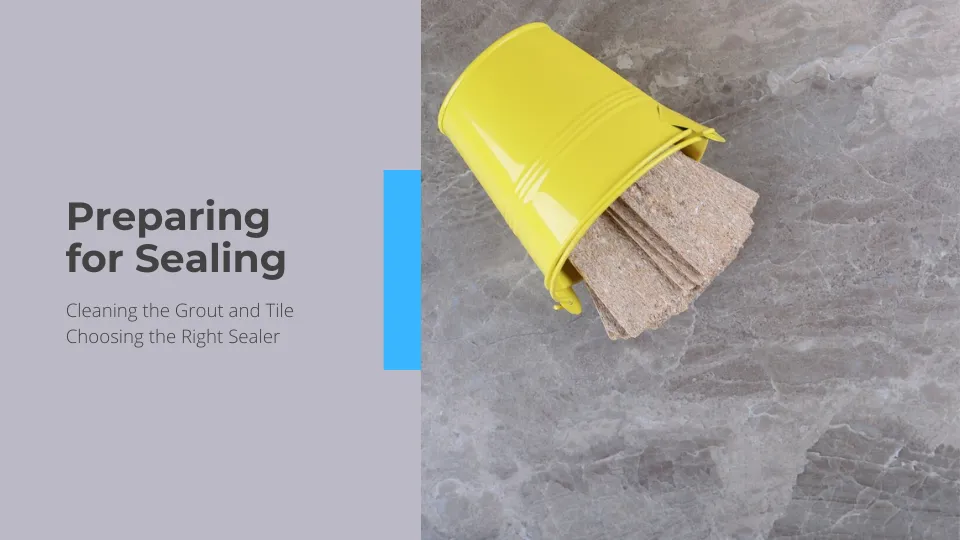
Cleaning the Grout and Tile
Before applying a sealer, it is crucial to clean the grout and tile thoroughly. Use a commercial grout cleaner or a homemade solution to scrub away any grime and stains. For particularly stubborn stains, a 50-50 vinegar and warm water solution can be effective. Allow the area to dry completely before proceeding.
Choosing the Right Sealer
Selecting the appropriate sealer for your tile floor is vital. Different types of sealers are designed for specific types of tiles, such as ceramic, porcelain, or natural stone. Ensure that you choose a sealer that matches your tile type.
Sealing the Grout
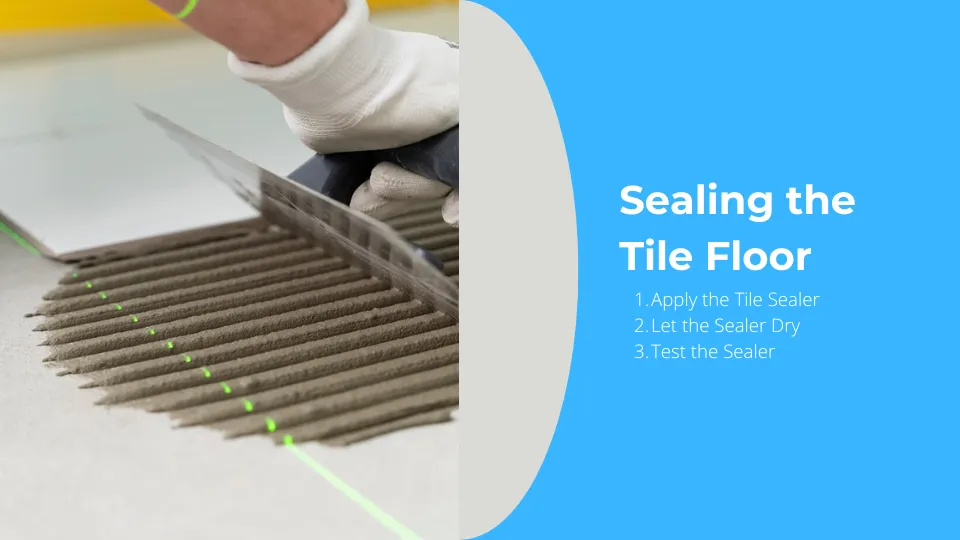
Step 1: Apply the Sealer
Use a foam sponge or brush to apply the sealer to the grout lines. Ensure that the grout is covered evenly and completely to create a watertight barrier.
Step 2: Wait and Wipe Off Excess
Let the sealer sit for about 10 minutes, then use a dry cloth to wipe off any excess sealer from the surrounding tile. This step is crucial to prevent a foggy film from forming on the tile.
Step 3: Test the Sealer
After the sealer has dried, test its effectiveness by applying a few drops of water to the grout. The water should bead up into droplets. If it doesn’t, apply a second coat and test again.
Sealing the Tile Floor
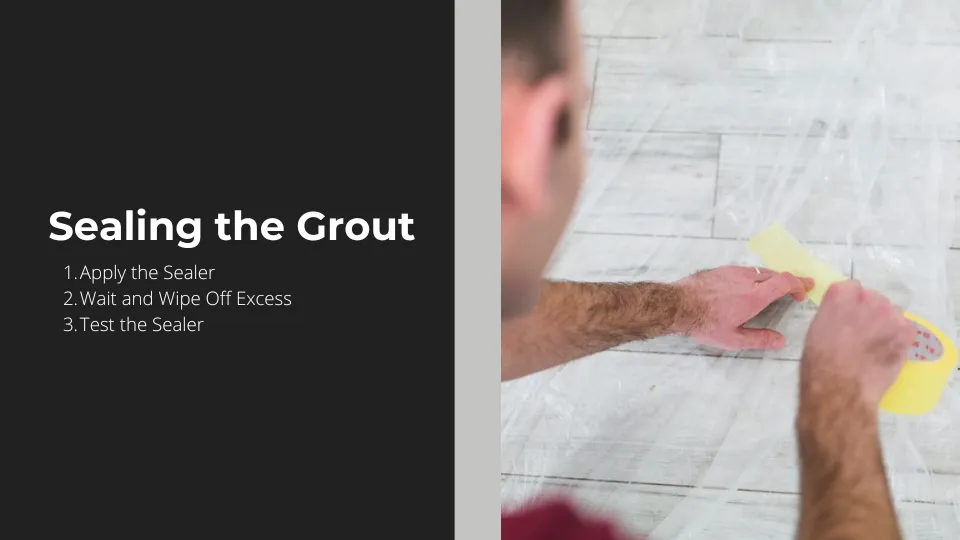
Step 1: Apply the Tile Sealer
Pour sufficient sealer into a paint tray and use a paint roller or brush to distribute it onto the tile surface evenly. Work in small sections to ensure complete coverage and avoid applying too much sealer.
Step 2: Let the Sealer Dry
Follow the manufacturer’s instructions and allow the sealer to dry properly. It is recommended to give it a full night to cure, ensuring that the sealer fully bonds with the tile surface.
Step 3: Test the Sealer
Before applying the sealer to the entire floor, test it on a small, hidden area or a spare tile to ensure it sticks well and doesn’t cause any discoloration or damage.
Tips and Considerations
- Apply in Thin and Even Coats: To achieve the best results, apply the sealer in thin and even coats to prevent excess sealer from accumulating and causing an uneven or sticky surface.
- Protect Adjacent Surfaces: Use painter’s tape or plastic sheets to protect nearby walls or countertops from any sealer drips or splatters.
- Regular Maintenance: Regular cleaning and reapplication of the sealer (typically once a year) are necessary to maintain the effectiveness of the sealer and the appearance of the tile and grout.
How often should I reapply grout sealer?
The frequency of reapplying grout sealer depends on the location and usage of the tile and grout. Here are some guidelines based on the provided sources:
High-Traffic Areas
- High-traffic shower grout: Seal every 6 months to 1 year.
- High-traffic floor grout: Seal every 6 months to 1 year.
- Kitchen countertops: Seal every 6 months to 1 year.
Low-Traffic Areas
- Guest bath and shower grout: Seal every 1 to 2 years.
- Backsplash grout: Seal every 1 to 2 years for high-traffic areas and every 5 to 10 years for low-traffic areas.
- Tiled walls: Seal every 2 years for low-traffic areas.
General Recommendations
Regular sealing helps prevent water absorption and dirt accumulation, making maintenance easier.
Professional grout cleaning and sealing services can provide deep cleaning and effective sealing.
How can I tell if my grout needs resealing?
To determine if your grout needs resealing, you can perform a simple water test:
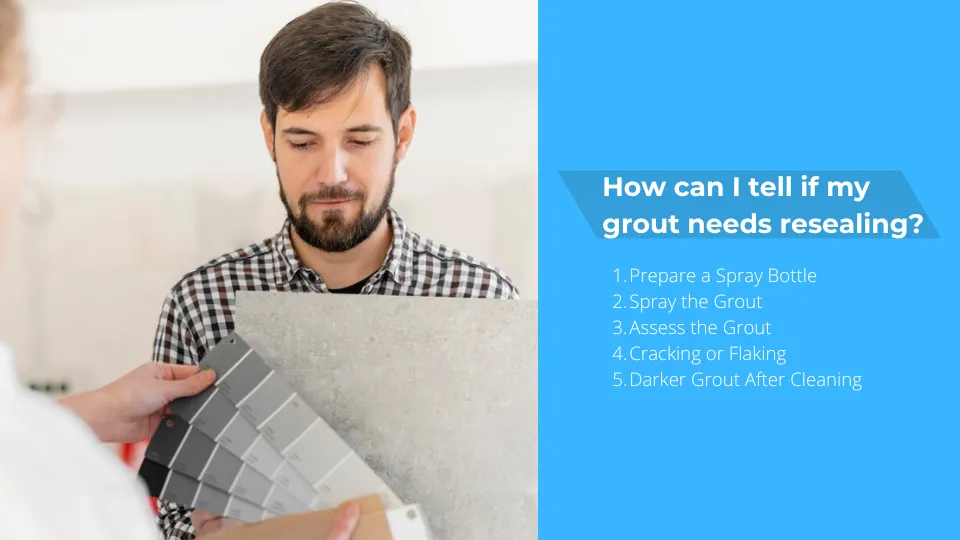
Prepare a Spray Bottle: Fill a spray bottle with water and set the nozzle to mist.
Spray the Grout: Spray a mist of water onto the dry grout and let it sit for a few minutes.
Assess the Grout: Inspect the grout after the water has sat for a few minutes. If the water beads up and rolls off, the grout is sealed. If the grout absorbs the water and darkens significantly compared to the surrounding grout, it is likely unsealed.
Cracking or Flaking: Damaged or crumbling grout suggests that moisture has penetrated, and resealing may not be enough; professional repair may be necessary.
Darker Grout After Cleaning: If the grout darkens after mopping and takes a while to dry, it indicates that the sealant has worn off.
Stains and Discoloration: If the grout is becoming stained or discolored, especially in high-traffic areas like kitchens and bathrooms, it is a sign that it is no longer sealed effectively.
Summary
Sealing a tile floor and grout is a straightforward process that requires careful preparation and application. By following the steps outlined in this guide, you can ensure that your tile floor and grout remain protected and beautiful for years to come.


